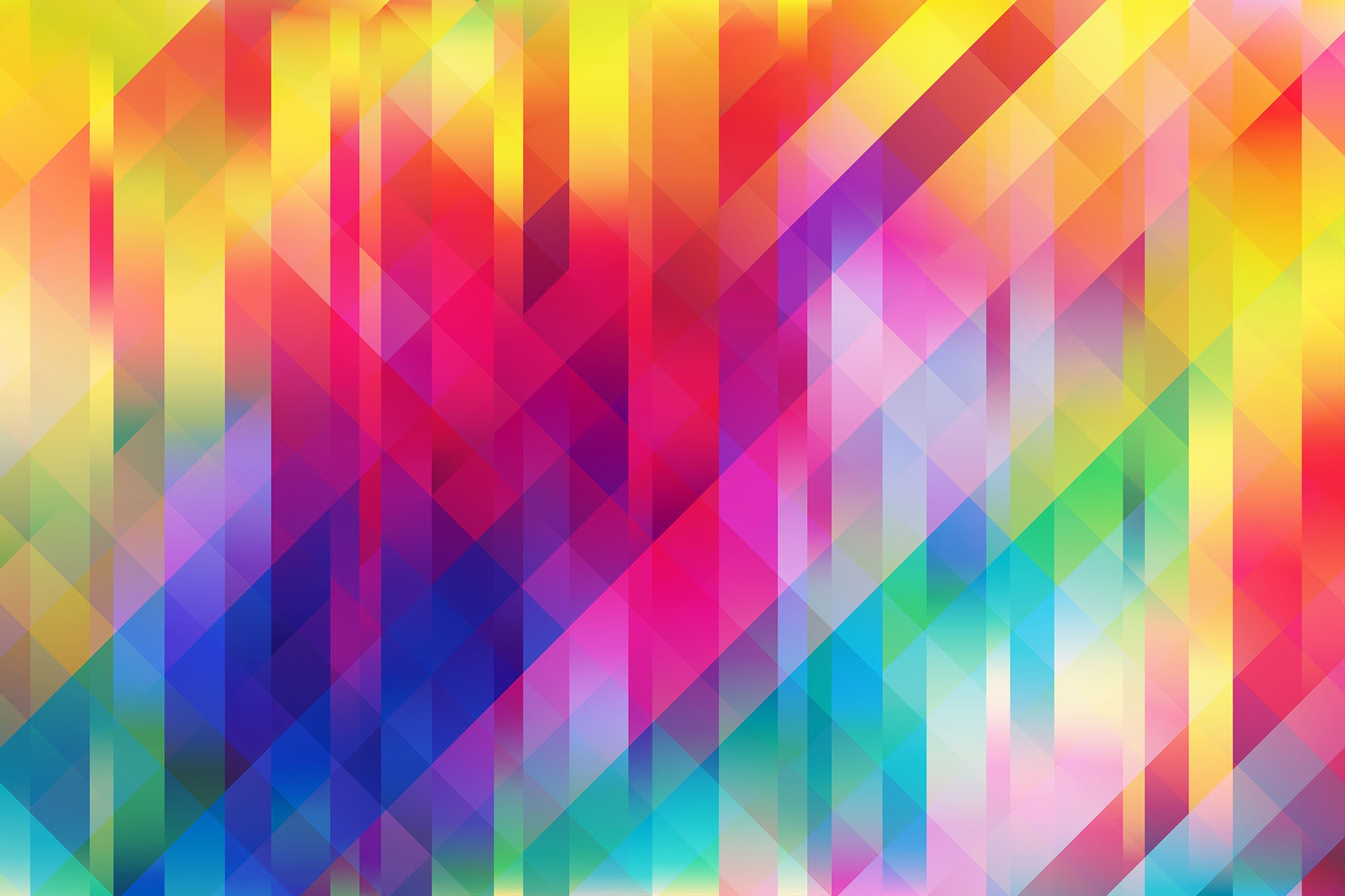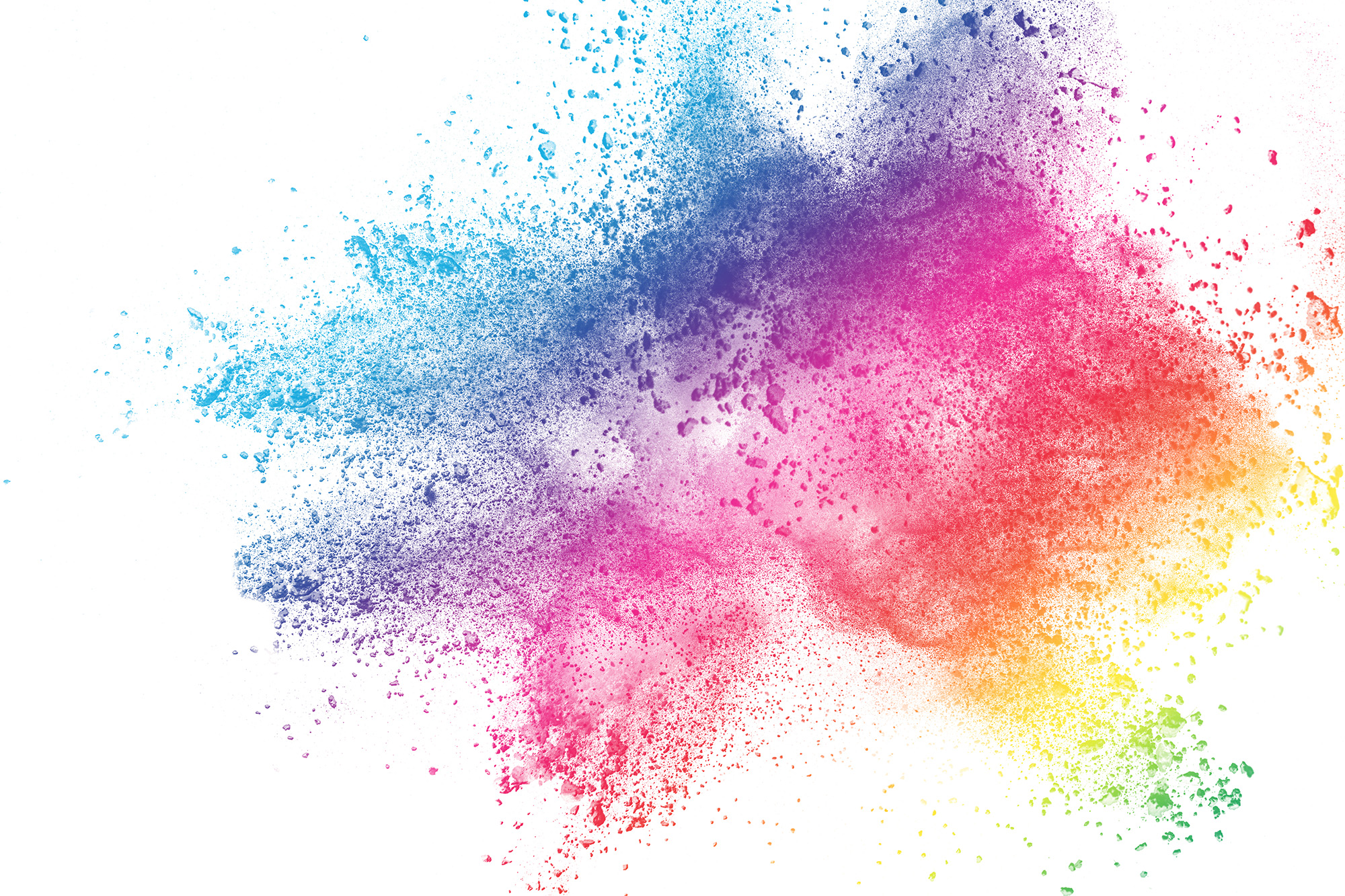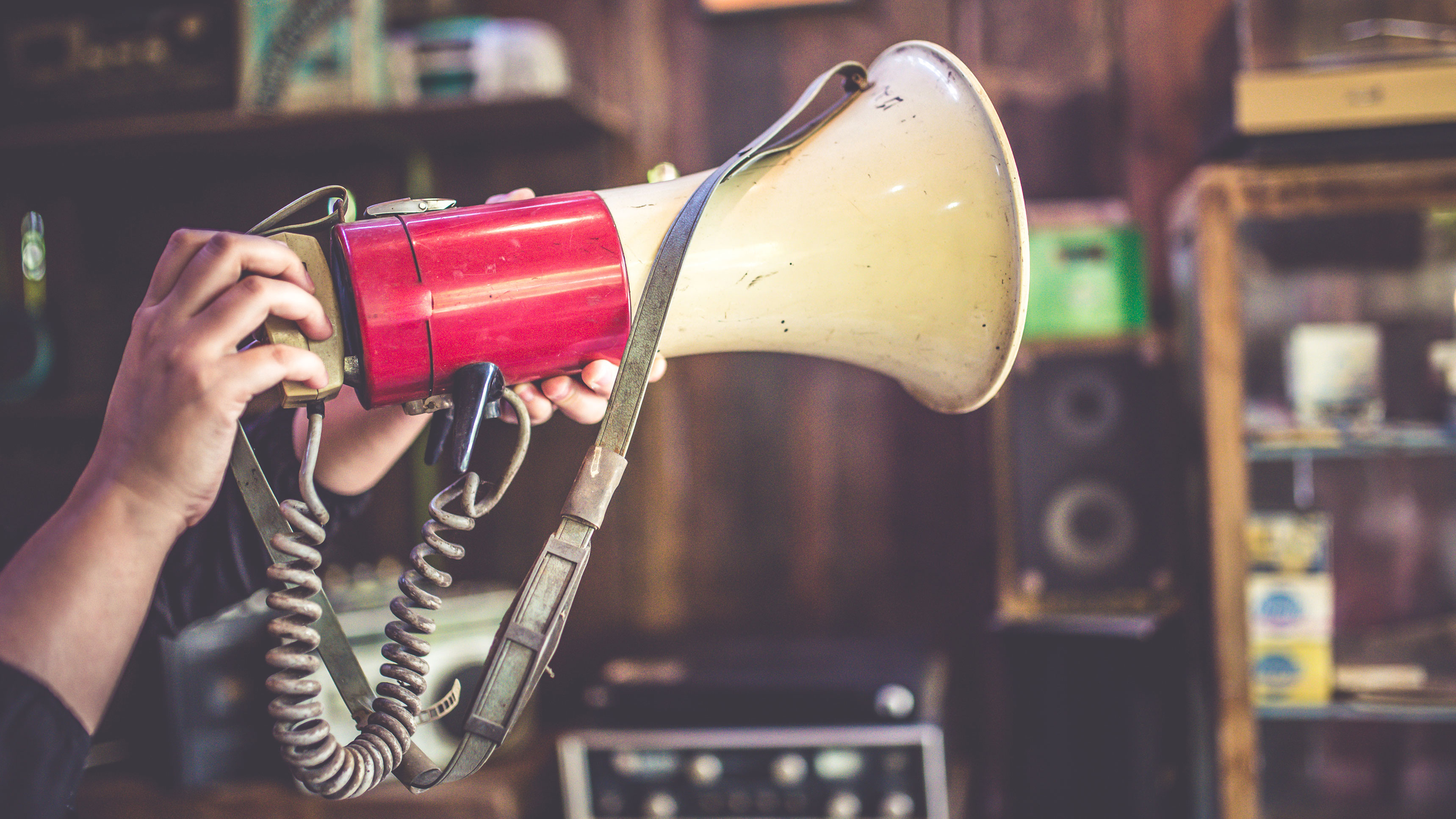There’s more to using color in marketing than considering your favorite hue on the ROYGBIV spectrum. As it turns out, color psychology determines everything from what color your logo should be to what hues you use in your next advertisement. Here’s everything you need to know about the science and art of using color in marketing.
The Biology of Color
Color associations and their implications date back to the earliest days of human history. Many communication and psychological theories attempt to explain why we associate certain hues with certain ideas and abstractions. Overall, people’s associations with color are constructed through three main platforms: experience, culture, and context.
Experiences are based on what situations we see color in and what those experiences mean to us. For example, someone who works in funeral homes is most certainly going to strongly correlate the color black with death and mourning. Think of when a student sees the color red marking up their beloved essay. This student will then develop a negative association with that hue.
Cultural context must also be taken into account. While blue as seen as a color representing intelligence and competence in the West, East Asian countries associated blue with coldness and a sinister attitude. So, using blue color in marketing for your Asian consumers may unintentionally backfire.
Also think of what context your consumers are seeing the color in. Red in hospitals gives off a completely different connotation than red in fast food industries. The overall context in which your product and colors are being displayed should heavily influence the color palette your brand uses.
When the brain processes color, it responds to it in two ways: an arousal reaction and an evaluative reaction. An arousal reaction shows symptoms such as heightened blood pressure, a higher heart rate, and more adrenaline coursing through a person’s veins. An arousal reaction puts the brain on overdrive and stimulates the body. This reaction is driven by warmer colors such as red, orange, and yellow, and is decreased in cool colors. Think of your reaction to seeing a yellow or red light instead of a green at an upcoming traffic light. That tensing of the body and immediate reaction is an arousal response.
Evaluative reactions are whether or not someone “likes” the color. Overall, people tend to like colors with shorter wavelengths, i.e. green, blue, and purple. These colors become favored because of the association they have with certain ideas and experiences. People evaluate colors based on appropriateness, aesthetic, and the social and functional value of the color. That’s a lot to consider when simply picking the colors of your logo or backdrop for your next video spot.
 The Meaning of Color
The Meaning of Color
The Logo Company developed a great in-depth infographic about what people associate colors with, but to save you some time, we put together this cheat sheet to the meanings of color in marketing:
Red: Daring, Energy, Health, Stimulation
Orange: Fun, Warmth, Extraversion, Innovation
Yellow: Confidence, Creativity, Friendliness, Optimism
Green: Nature, Peace, Security, Comfort
Blue: Intelligence, Soothing, Success, Trust
Purple: Authentic, Luxury, Upper-Class, Charming
Pink: Nurturing, Gentle, Soft, Sincerity
Brown: Nature, Ruggedness, Support, Tough
Black: Elegance, Power, Sophistication, Substance
White: Calm, Pure, Honest, Down-to-Earth
How to Use Color In Marketing
Think you’re ready to throw some color strategy into your next marketing move? Here are four things to keep in mind when using color in marketing:
Using Low arousal vs. High arousal:
Deciding whether or not you want to initiate that arousal response in consumers will tell you what colors you need to look at. Remember that when you’re relaxed, time passes more quickly. This is because your mind doesn’t need to stretch time so that you can make a quick decision. Cool colors activate systematic processing in your brain. This system of processing uses logic and rationalization of facts to make decisions. So, if your product or service is backed by strong factual arguments, consider using cool colors to give consumers the time to process this information. Using cool colors on your website can also subtly influence consumers to stay longer, and cool colors reduce perceived landing times on websites.
 Warm colors, on the other hand, initiate that arousal response, stimulating the brain. This reaction inhibits cortical functioning in the brain, which is responsible for rationalizing information. Instead, the brain turns to heuristic processing, which uses a simple-minded analysis of the situation to come to a quick decision. Thus, high arousal colors can be used to spur quick action in consumers. If you want to sell a product with urgency, or support a product that has weaker arguments backing its merit, warm colors could prove to be the right choice.
Warm colors, on the other hand, initiate that arousal response, stimulating the brain. This reaction inhibits cortical functioning in the brain, which is responsible for rationalizing information. Instead, the brain turns to heuristic processing, which uses a simple-minded analysis of the situation to come to a quick decision. Thus, high arousal colors can be used to spur quick action in consumers. If you want to sell a product with urgency, or support a product that has weaker arguments backing its merit, warm colors could prove to be the right choice.
Use Contrast Appropriately:
Contrast is the easiest way to draw attention to specific elements. Refusing to use contrast is one of the easiest ways to overwhelm and strain consumers. Imagine light text overlaid on a light background. Without contrast, the text becomes near impossible to read. Contrast is appealing to the eye and, when used correctly, can drive consumers to your door.
In your next advertisement, try making your call-to-action a contrasting color to the rest of the ad. Consumers’ eyes will immediately notice the different element and pay more attention to it. If this element is your CTA, you may well see an increase in responses from customers.
Utilitarian vs. Hedonic Products
Believe it or not, the type of product or service you use may influence the colors you choose to market it with. There are two main categories of products: utilitarian and hedonic. Utilitarian products provide strictly functional benefits such as some problem being fixed or improved. Utilitarian products are best represented with colors such as gray, blue, black, or green. Hedonic products provide social and sensory benefits to the user. These products have stronger connections with colors such as red, yellow, pink, and purple. While not all companies follow these rules (and many break them!) these products and colors have a psychological connection in many consumers’ minds.
Amount of Content In Ad:
The amount of content in an advertisement vitally determines what color (if any!) should appear in the ad. Color and information both take energy to process, so there must be some give and take between the two. Ads that are heavy on content should reduce color levels in order to not overwhelm the consumer. Ads with sparse or simple content can add more color to draw more attention to the visual components of the ad. Knowing how much color your marketing pieces can use without overpowering itself is vital in winning over consumers to your side.
Would you like to learn more about using color in marketing, or about any other video topic? Reach out to IDR for additional information and answers to all your questions. You’ll discover why we’re Orange County’s premier producer of TV commercials, infomercials, and online videos for a wide range of businesses, organizations, and brands.



